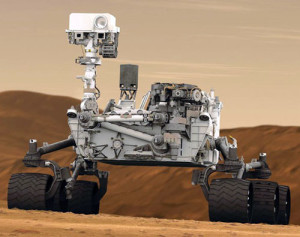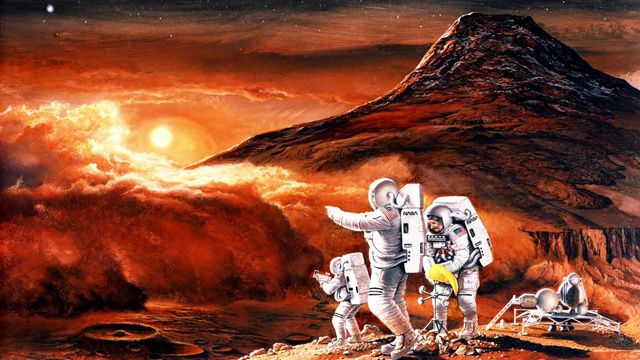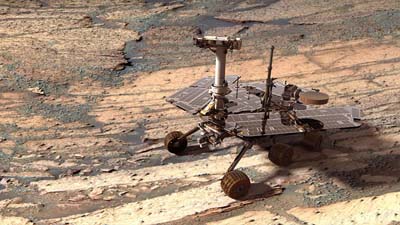NASA’s Mars rover Curiosity has come up empty handed in its search for methane in the planet’s atmosphere, a gas that on Earth is strong indicator of life.
The rover landed on Mars in August 2012 to determine whether the planet most like Earth in the solar system has or ever had the chemistry and conditions to support microbial life.
Over the past decade, scientists using Mars orbiters and telescopes on Earth have reported plumes of methane in the Martian atmosphere.
The gas breaks down in sunlight so its presence on Mars indicated that either biological activity or a recent geologic event was responsible for its release. The gas which lasts about 300 years in Earth’s atmosphere, could be expected to stick around for 200 years on Mars. But curiosity’s findings, compiled over eight months indicate that the methane may have virtually disappeared in a matter of years. Based on the previous observations, scientists had expected to find about six times more methane in the atmosphere than the negligible amounts cusiosity found. 
“There’s a discrepancy” lead research Christopher Webster, which NASA’s Jet Propulsion Laboratory in Pasadena, California told Reuters. “Suddenly the whole interpretation of earlier observation is stuck.”
Webster said it is possible but unlikely that the lack of methane is particularly to curiosity’s landing site, a giant basin neat the planet’s equator. Once methane is released from the surface, scientists believe it would spread fairly quickly through the planet’s thin atmosphere.
“It’s disappointing of course” Webster said. “We would have liked to get there and find lots of methane.”
The search is not over. Curiosity will continue to take air samples and test for methane as it continues its geology mission. Scientists also plan another round of observations with Earth based telescopes next year. This research appeared on journal Science.




